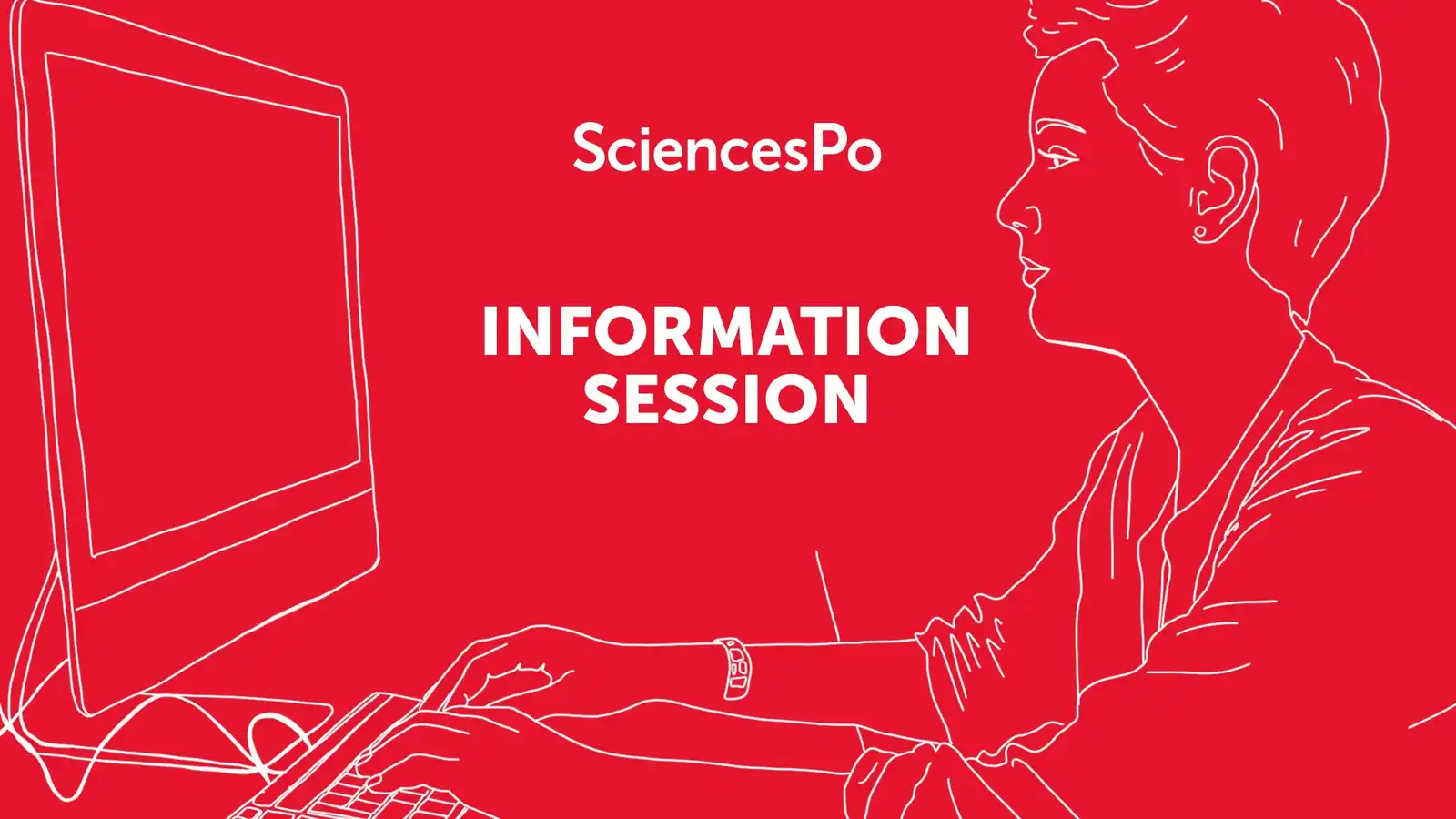Home>Final presentation "Le Clos Saint-Louis, how to ensure a transition process?"
11.07.2019
Final presentation "Le Clos Saint-Louis, how to ensure a transition process?"
THE PERIOD OF RENDERING OF GROUP PROJECTS BEGAN. DISCOVER THE WORK OF OUR STUDENTS.
The Project "Le Clos Saint-Louis, how to ensure a transition process?"
Commissioning organisation: EPA Sénart
Students: Vanille Guichard, Claire Hoppenreys, Sarah Kenani, Clémence Lebozec and Elise Poredos from the Urban planning programme
Work realised:
Our order concerned the implementation of an urban development project on the Clos Saint-Louis, a 130 ha land located on the banks of the Seine on the commune of Dammarie-les-Lys. This former industrial site, very polluted, landlocked, support of illicit activities has for several years been the subject of a reflection on the possible development of a new district.
Between disagreements among institutional actors, reluctance of landowners and strong site constraints (oil, asbestos and silviculture pollution, enclaves, etc.), project dynamics have become bogged down. It is in this context that EPA Sénart was entrusted by the State, the Agglomeration and the municipality of Dammarie-les-Lys, to reactivate the site, within the framework of a partnership contract concluded for 5 years, with “to develop a technical and political consensus on the conditions for the feasibility and scripting of a public development project in the Quartier Saint-Louis”. Transitional urbanism then appeared as an immediate solution to rediscover this site to the local population and to contribute to the acceptance of the idea of a future project.
>
Our approach has been to hold meetings with local actors and research on the history of the site in order to establish an accurate diagnosis of both the land and the dynamics surrounding it. In parallel, we carried out a benchmark of different participative approaches and transitional occupations, in France and abroad, in order to gather feedback on comparable actions. These data have been compiled into deliverables with the following key inputs: ACTORS, TIMES, PLACES and ACTIONS.
Because of our discovery and our knowledge of the site, we have gradually reoriented our order to formulate more than a project and a transitional response, a real methodology, a process. This methodology and the project outlines are grouped into a final part of our report, the STRATEGY booklet. Our work therefore consists of both an immersive diagnosis, concrete action proposals and a project methodology that we hope to see sustained and taken over by institutional actors through a cross-cutting support mission under the title of AMO Process.
Information Sessions: Masters

Find out more about the Masters programs and the wide choice of specialisations offered by the 8 Schools of Sciences Po during our webinars dedicated to applicants.